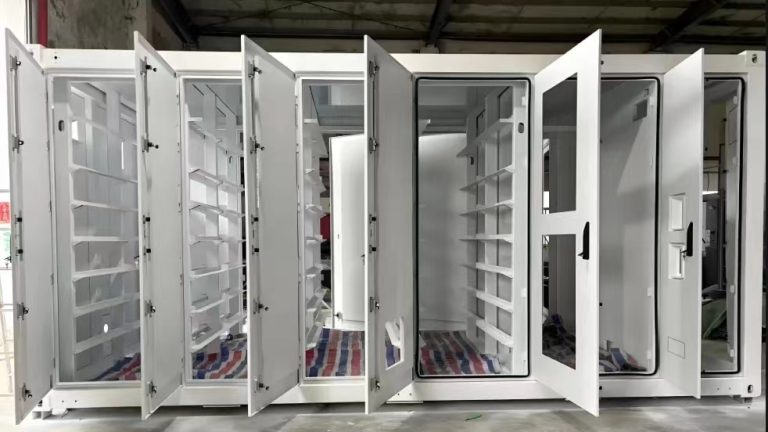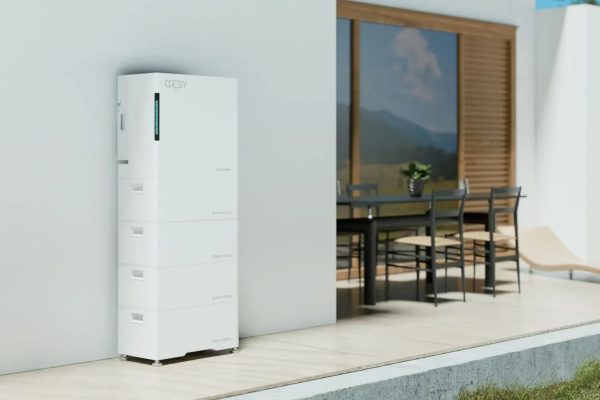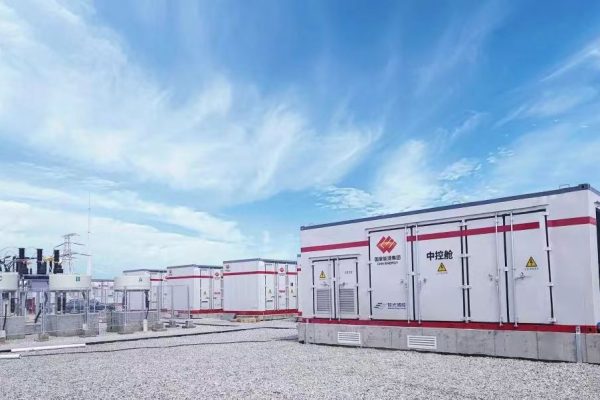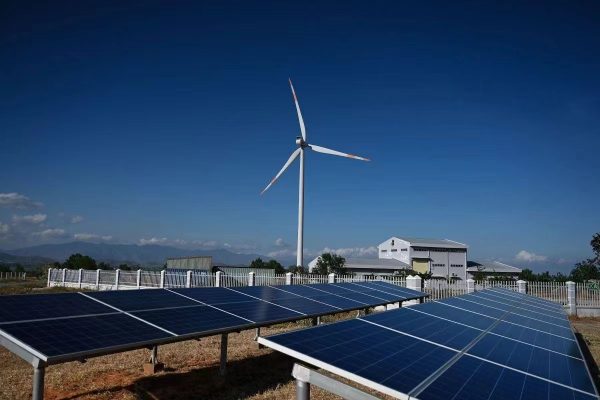Introduction: Power Stability Matters for Guest Experience
In hospitality-based rural businesses — such as guesthouses, resorts, eco-lodges, and countryside B&Bs — power reliability is not just a technical concern. It’s a key part of your service quality.
Unstable voltage, blackout during dinner hours, or noisy generators can turn a good stay into a negative review. As such, more and more owners are looking at energy storage systems (ESS) to supplement their PV systems or replace diesel generators entirely.
This article provides a practical guide to designing and selecting energy storage systems tailored to rural tourism environments — with a focus on system stability, guest comfort, and operational ROI.
1. Unique Power Characteristics of Rural Hospitality Sites
Before designing an ESS, understanding the unique energy usage patterns of rural guesthouses and resorts is crucial.
1.1. Load Patterns
- Peak hours are often in the evening (lighting, showers, air-conditioning).
- Weekend and seasonal fluctuations are large — summer and holiday seasons can double the load.
- There may be pumps, pool heaters, or kitchen equipment that contribute to short power spikes.
1.2. Location Challenges
- Remote locations may have weak grid or frequent outages.
- Backup power is often provided by diesel generators, which are noisy and expensive.
- Grid expansion or upgrading may be cost-prohibitive.
2. Basic ESS Configurations That Fit
A. Grid-tied + PV + ESS (Most Common)
- Best where grid is available but unstable.
- Storage supports load shifting (charge by day, use at night).
- Reduces reliance on generators or peak tariffs.
B. Off-grid PV + ESS + Generator Backup
- For locations with no grid access.
- Requires precise load estimation and possibly a larger battery bank.
- Generator serves as emergency backup only.
C. Hybrid Inverter System
- Combines solar, battery, grid, and generator in one controller.
- Easy to deploy and expand — perfect for guesthouses with room to grow.
3. Key Considerations in Designing the System
3.1. Load Estimation and Peak Sizing
You must identify:
- Daily average energy usage (kWh)
- Peak instantaneous load (kW)
Example:
A 10-room guesthouse with lighting, small AC units, and occasional kitchen usage may use ~20–30kWh/day and have a peak of 5–7kW.
This affects both battery capacity and inverter power.
3.2. Battery Selection: Usable Energy and Safety
- Lithium iron phosphate (LFP) is preferred due to longer life, better temperature tolerance, and high safety.
- Choose batteries with BMS and cell balancing.
- Typical capacity: 10–40kWh, depending on number of rooms and load profile.
3.3. Backup Duration
How many hours of power do you need during an outage?
- 4–6 hours: Covers evening operation.
- 10–12 hours: Covers night plus morning peak.
- Add solar PV recharging to extend duration.
4. Inverter and Control System Options
- Use hybrid inverters that support grid, solar, and battery at once.
- Make sure the inverter can island the property during a grid outage.
- Look for low idle power consumption — important for remote or seasonal use.
- Use remote monitoring to manage charging and load from mobile devices.
5. Environmental and Layout Factors
- Avoid placing batteries in high humidity or excessively hot rooms.
- Opt for cabinet-type systems for neat installation indoors.
- Consider thermal protection if daytime sun hits the battery location.
6. Working with a Technical Trade Partner
As a resort or guesthouse owner, you likely don’t have time to compare battery chemistries or inverter specs. That’s where a knowledgeable partner can make a difference:
- Help match capacity with your exact needs
- Recommend components that work well together
- Identify ways to scale the system later
- Flag common issues like undercharging or inverter overload
The system doesn’t need to be the cheapest — it needs to be the most reliable for your operating scenario.
7. Financial Returns and Long-Term Benefits
- Replacing diesel with battery reduces noise, fuel delivery cost, and emissions.
- Grid support can reduce electricity costs by shifting loads away from peak hours.
- A stable power system is an unseen part of guest satisfaction.
In areas where grid expansion is slow, installing ESS is not just a backup plan — it’s a business continuity strategy.
Conclusion
An energy storage system for rural hospitality use isn’t about maximizing battery specs — it’s about ensuring guests never notice the power system at all.
A well-designed solution with the right inverter, battery capacity, and control logic lets you focus on your business, not on electrical issues.
Whether your project is a remote eco-resort, a countryside homestay, or a tourism-focused farm, a fit-for-purpose ESS designed with flexibility and reliability can offer peace of mind for years to come.









